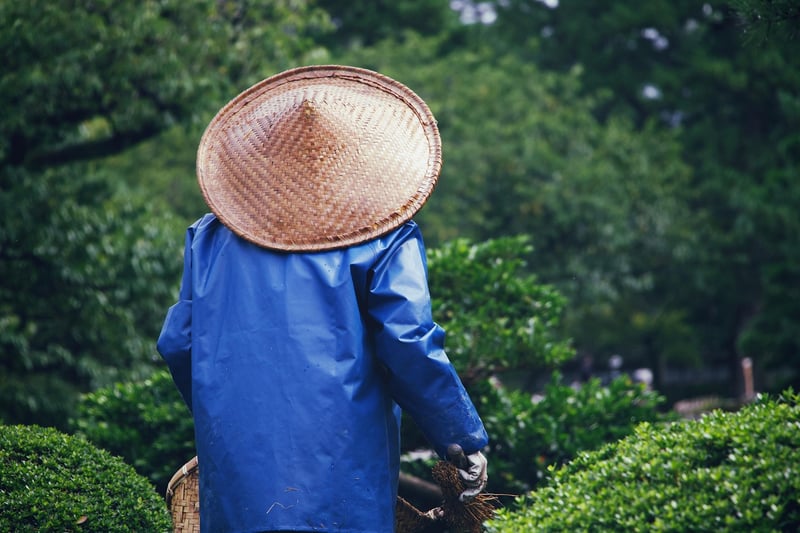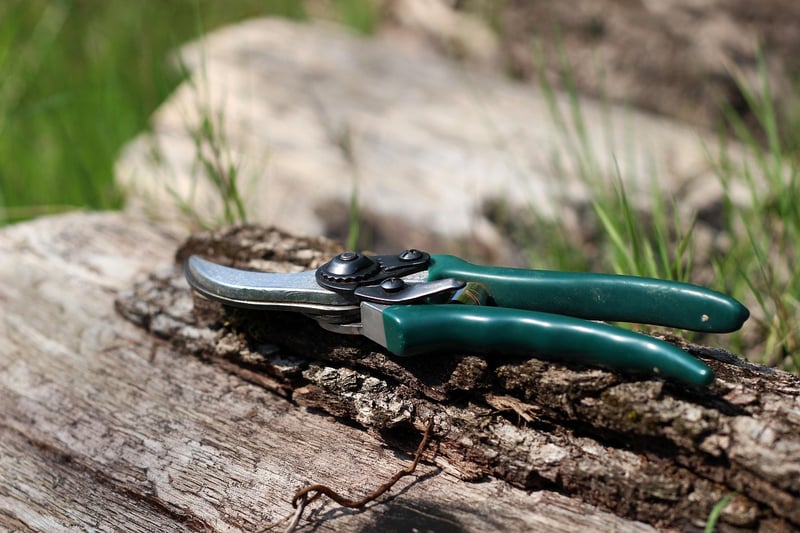Pruning techniques
Essential Care Practices for Healthy Plants
Introduction
Proper care is essential to keep your plants healthy and thriving. By following some basic care practices, you can ensure your plants grow beautifully and stay vibrant. This article will cover essential care practices for maintaining healthy plants along with pruning techniques to help your plants flourish.
Watering
Watering is crucial for plant health. It's important to water your plants regularly but be mindful not to overwater them. The frequency of watering depends on the plant type and its specific needs. Make sure the soil is moist but not waterlogged.
Sunlight
Plants need sunlight for photosynthesis, the process by which they convert light into energy. Ensure your plants receive adequate sunlight based on their sunlight requirements. Some plants thrive in full sun, while others prefer partial shade.
Soil and Fertilization
Using the right type of soil and fertilizing your plants is essential for their growth. Different plants have different soil requirements, so it's important to use soil that suits your plant's needs. Additionally, fertilize your plants regularly to provide essential nutrients for healthy growth.
Pest Control
Keep an eye out for pests that can harm your plants. Common pests include aphids, spider mites, and mealybugs. Regularly inspect your plants for any signs of pests and take appropriate measures to control them, such as using insecticidal soap or neem oil.
Pruning Techniques
Pruning is an important practice to maintain plant health and shape. Regular pruning helps remove dead or overgrown branches, improves air circulation, and encourages new growth. Here are some pruning techniques to keep your plants in top condition:
1. Deadheading
Remove faded flowers to promote new blooms and prevent the plant from expending energy on seed production.
2. Thinning
Thin out overcrowded branches to allow better air circulation and light penetration, reducing the risk of diseases.
3. Heading Back
Cut back long stems to encourage bushier growth and promote a more compact shape.
4. Rejuvenation Pruning
For older plants, rejuvenation pruning involves cutting back the entire plant to stimulate new growth and rejuvenate its appearance.
Conclusion
By following these essential care practices and pruning techniques, you can ensure your plants stay healthy and vibrant. Remember to observe your plants regularly, provide them with the care they need, and enjoy the beauty they bring to your space.

